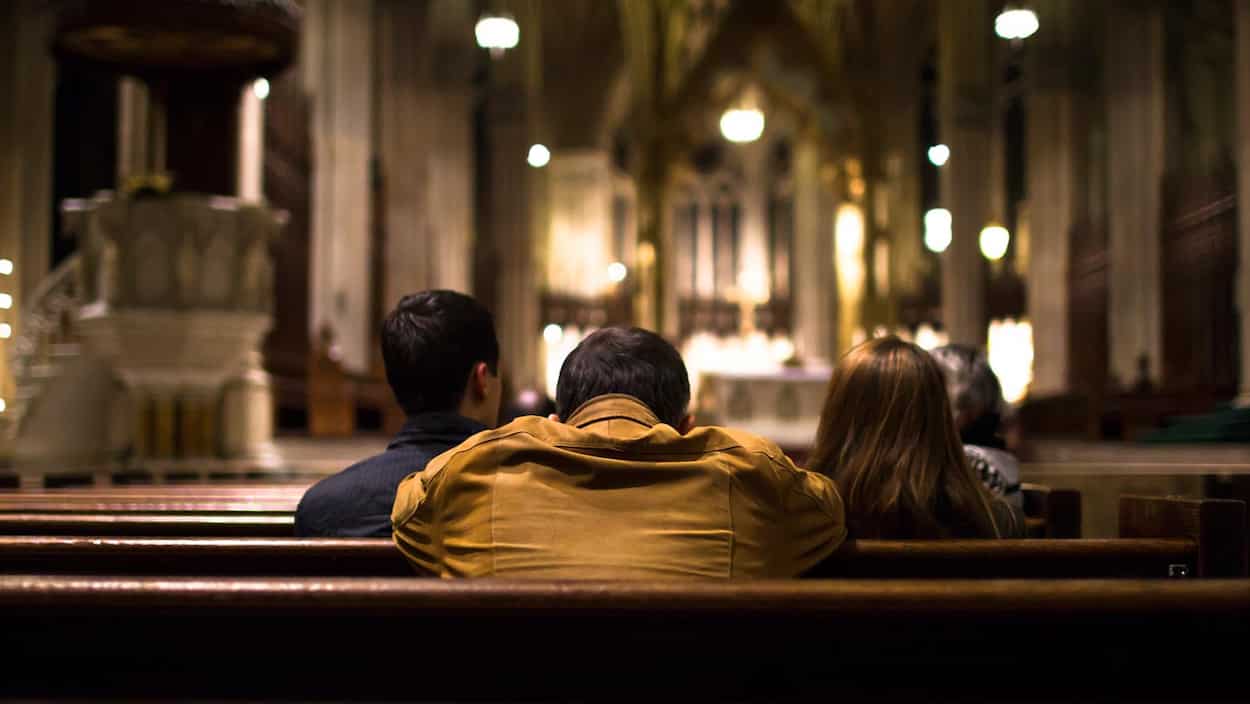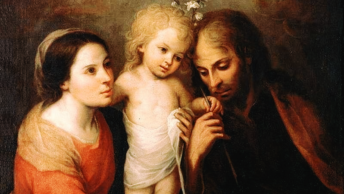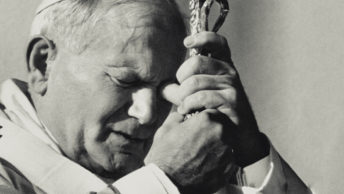
This weekend the Church celebrates the Feast of the Most Holy Body and Blood of Christ which many of you may remember as Corpus Christi. This feast affords us the opportunity to reflect upon the gift of the Eucharist and what it means for the world today.
The basic teaching of the Church is that on the night of the Last Supper, Jesus took bread and blessed it, offered it to his disciples with the words “This is my body.” In the same way he took a cup of wine, blessed it and gave it to his disciples with the words “This is my blood.” Then he commanded them to “Do this in memory of me.”
This tradition has been passed down for over 2000 years. As Catholics, we believe that when the priest offers bread and wine with the invocation of the Holy Spirit and then pronounces the institution narrative, the simple gifts are transformed into the Body and Blood of Christ. The formal term for this is “transubstantiation” which means “a change in substance.” So, while the elements of bread and wine retain their look and taste, their very essence or substance has changed into the body, blood, soul, and divinity of Jesus Christ.
When we receive the Eucharist, we participate in a most intimate way with the person of Jesus Christ himself. When we consume the host, we are receiving the entire Body and Blood of Christ and when we receive from the chalice, we are receiving the entire Body and Blood of Christ. The formal term for this is “concomitance;” that is, the body, blood, soul and divinity of Jesus Christ are contained in either species. Therefore, one may receive from either species and still receive the whole of the Eucharist. We should not look upon the Precious Blood as being somehow “lesser” than the host. Both are equally the Eucharist.
In terms of how we should receive: Approach the minister and make a sign of reverence to the Eucharist (a bow of the head or a sign of the cross). Hold your hands like a throne (right hand under the left, or reversed if you are left-handed) and present them to the minister. When he or she says “The Body of Christ” answer “Amen” and allow the minister to place the host into your palm. Take the host and consume it in front of the minister. If you prefer, you may receive the Eucharist on the tongue. Approach the minister with hands folded and participate in the dialogue as above. After saying “Amen,” open your mouth wide and extend your tongue and allow the minister to place the host on your tongue before closing your mouth. After receiving the host, you may proceed to the minister of the chalice and receive the Precious Blood. When the minister says “The Blood of Christ,” respond “Amen” and take the chalice from the minister, drink a small amount and return the chalice to the minister’s hands.
For all of us, we should remember that the Eucharist is a most holy and intimate engagement with Jesus Christ. We become one with the Lord in the act of Communion. Therefore, we should always try to be in a state of grace prior to approaching the altar for Communion. That is why at the beginning of Mass we recite the “I Confess” or the “Lord have mercy” (Confiteor and Kyrie) as a means of cleansing ourselves of those venial sins that we all commit on a daily basis. However, if we are conscious of having committed a mortal sin, we should first go to confession (either on Saturday or some other day) prior to attending Sunday Mass and receiving the Eucharist.
As we grow in our relationship with the Lord, may the Eucharist become a central part of our lives. May it deepen our commitment to love and service. Above all, may the frequent reception of Communion help us to become more like Christ each and every day.








